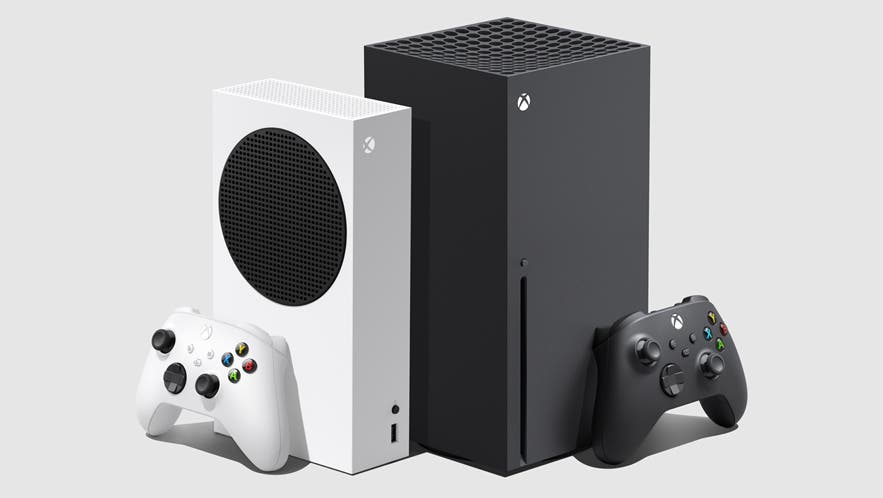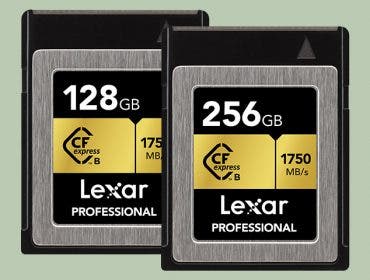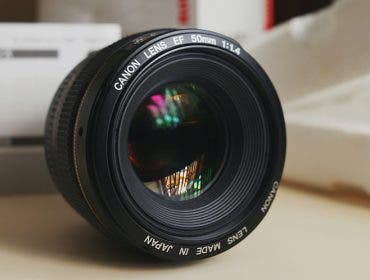Years in the making, the next generation of Xbox consoles by Microsoft is here. The Xbox Series X and Xbox Series S make up the fourth generation of Xbox and are both available for preorder, beginning today.
While both machines are immensely powerful, and are sure to level up your gaming, there are a few differences between these two new flagship units. Below, we’re breaking down the major features of each new system.
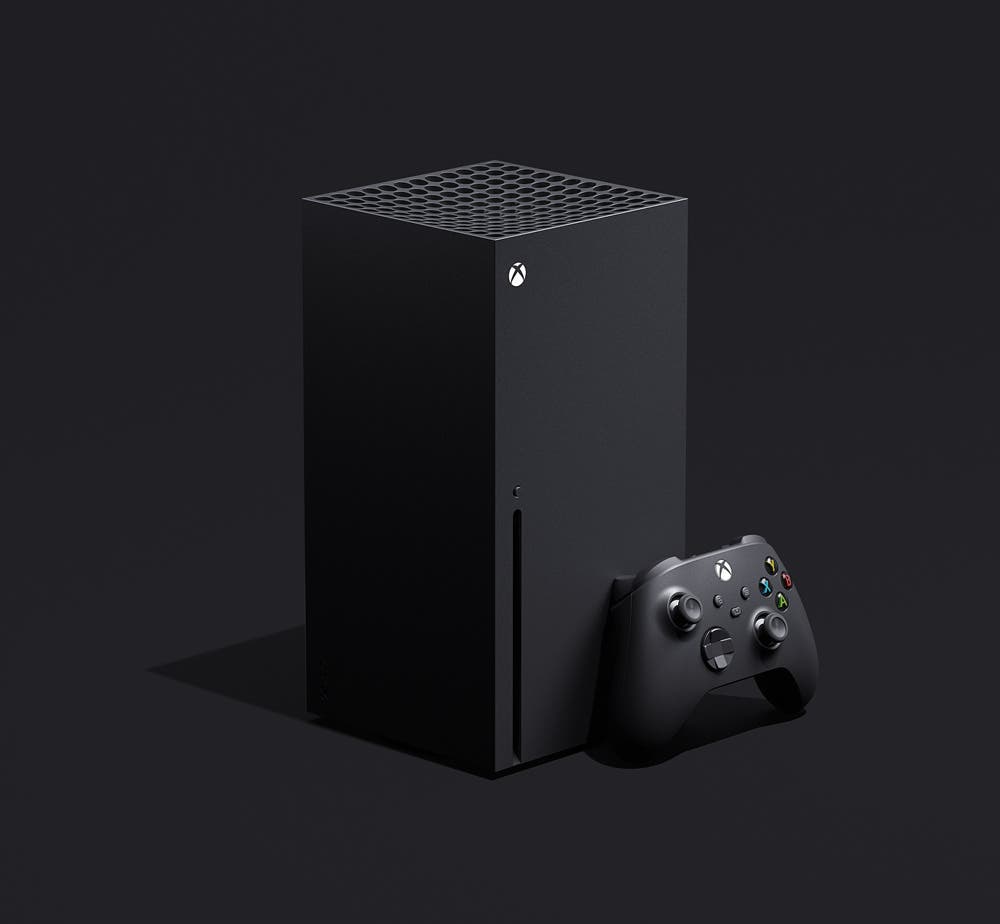
Xbox has built upon its previous generations of gaming to bring the new Xbox Series X console. With a 1-terabyte PCie Gen 4 NVME SSD (and additional storage available), the Series X boasts some serious gaming storage space. It also has 16GB GDDR6 320-bit RAM, and a whopping 12.15 teraflops of GPU (graphics processing unit).
The Series X is able to run 4K resolution at 60fps, and up to 120fps. The Series X even has the ability to run 8K HDR. If you prefer gaming in 4K and have a UHD monitor or TV, the Series X is the way to go (check out our further spec comparison below).
Finally, the biggest physical difference between the Series X and the Series S is the disc drive. The Series X comes with a 4K Blu-ray disc drive for both games and movies.
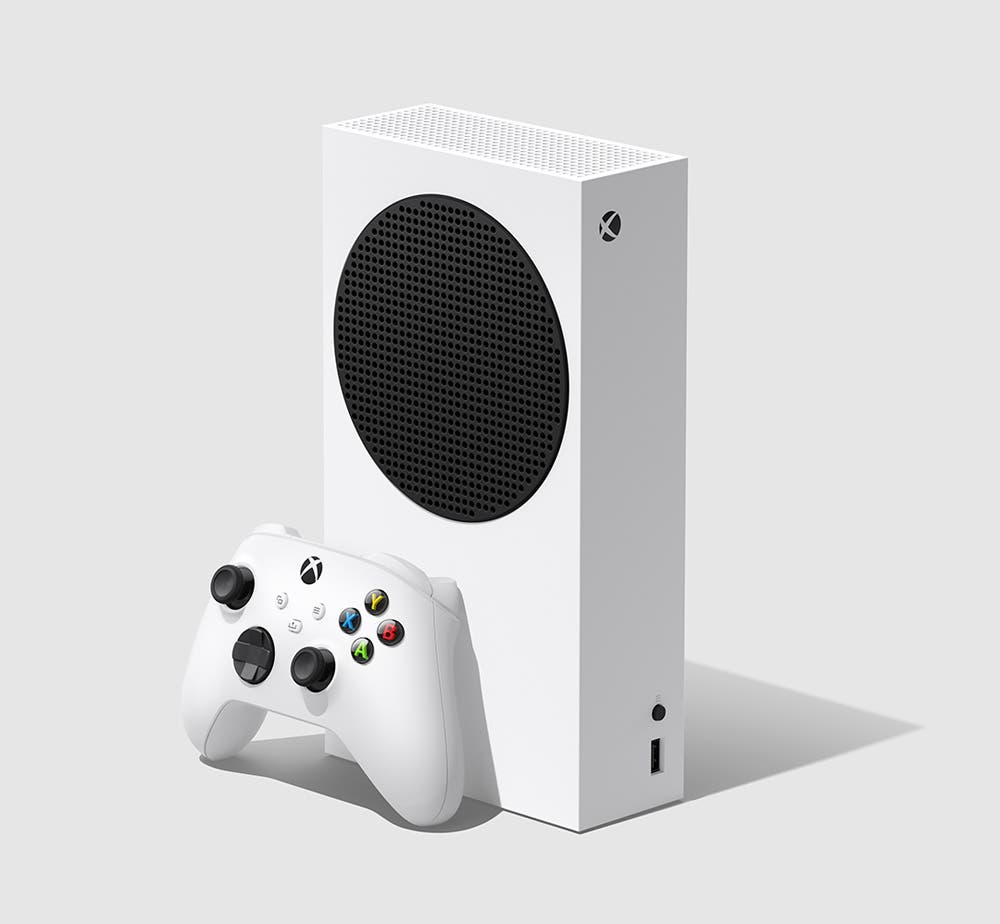
Like the Series X, the Xbox Series S has a speedy NVME SSD, but this time, has 512GB. Microsoft is offering additional storage space up to 1TB (sold separately). In terms of GPU the Series S comes with 4 teraflops and is capable of 1440p at 60fps, and up to 120fps. The console has four times the processing power of the Xbox One, and also has support for Dolby Atmos, just like the Series X.
The Series S is an impressive 60 percent smaller than the Series X (it’s also the smallest Xbox ever created), is fully digital, and lacks a physical disc drive.
Xbox Series X vs. Xbox Series S:
For a side-by-side comparison of the unit new consoles, see below:
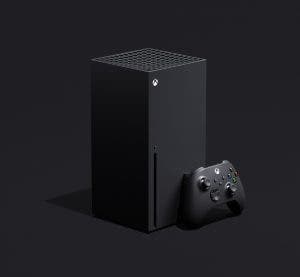 |
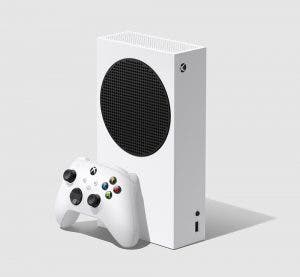 |
|
| CPU | 8-Core AMD Zen 2 CPU at 3.8GHz 3.6GHz with SMT Enabled |
8-Core AMD Zen 2 CPU at 3.6GHz 3.4GHz with SMT Enabled |
| GPU | AMD RDNA 2 GPU 52 CUs at 1.825GHz |
AMD RDNA 2 GPU 20 CUs at 1.565GHz |
| GPU Power | 12.15 teraflops | 4 teraflops |
| RAM | 16GB GDDR6 RAM 10GB at 560 GB/s 6GB at 336 GB/s |
10GB GDDR6 RAM 8GB at 224 GB/s 2GB at 56 GB/s |
| Performance | 4k at 60fps, up to 120fps | 1440p at 60fps, up to 120fps |
| Storage | Custom 1TB PCIe Gen 4 NVME SSD | Custom 512GB PCIe Gen 4 NVME SSD |
| Expandable Storage | 1TB Expansion Card | 1TB Expansion Card |
| Disc Drive | 4K UHD Blu-Ray | Digital Only |
| Display Out | HDMI 2.1 | HDMI 2.1 |
| Compatibility | Backwards compatible with thousands of games across four generations | Backwards compatible with thousands of games across four generations |
| Additional Features | Xbox Velocity Architecture, Quick Resume, Hardware-accelerated Direct X Raytracing, Dolby Vision and Dolby True HD with Atmos | Xbox Velocity Architecture, Quick Resume, Hardware-accelerated Direct X Raytracing, Dolby Vision and Dolby True HD with Atmos |
| Price | Starting at | Starting at |
| Pre-Order Now | Pre-Order Now |
Feature image via Microsoft

